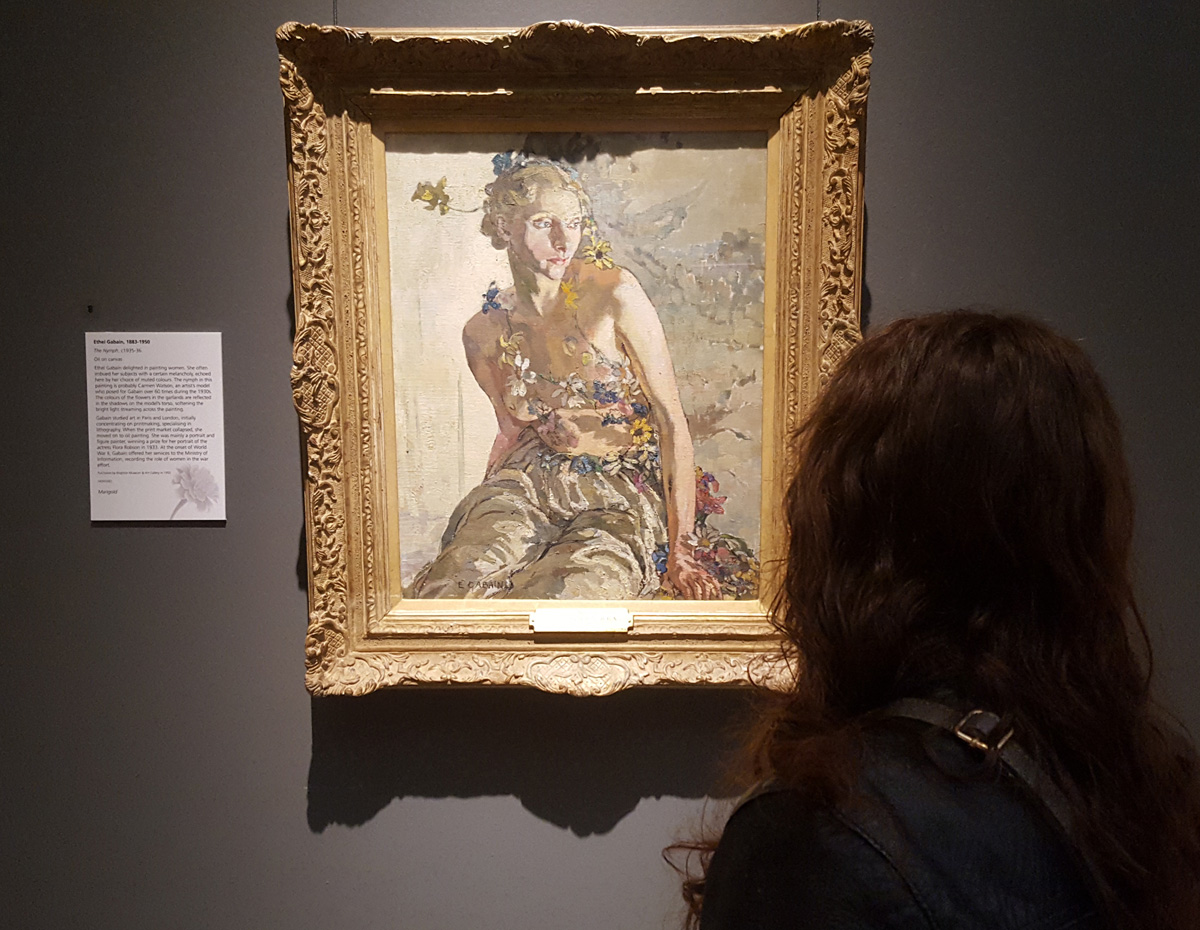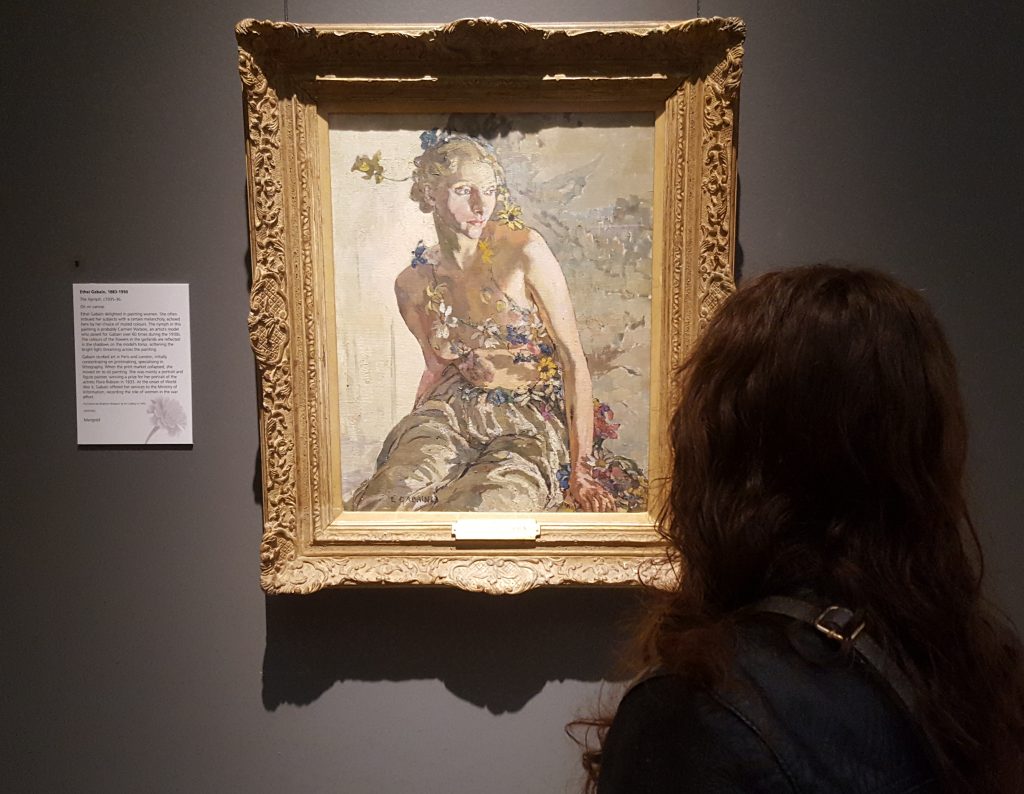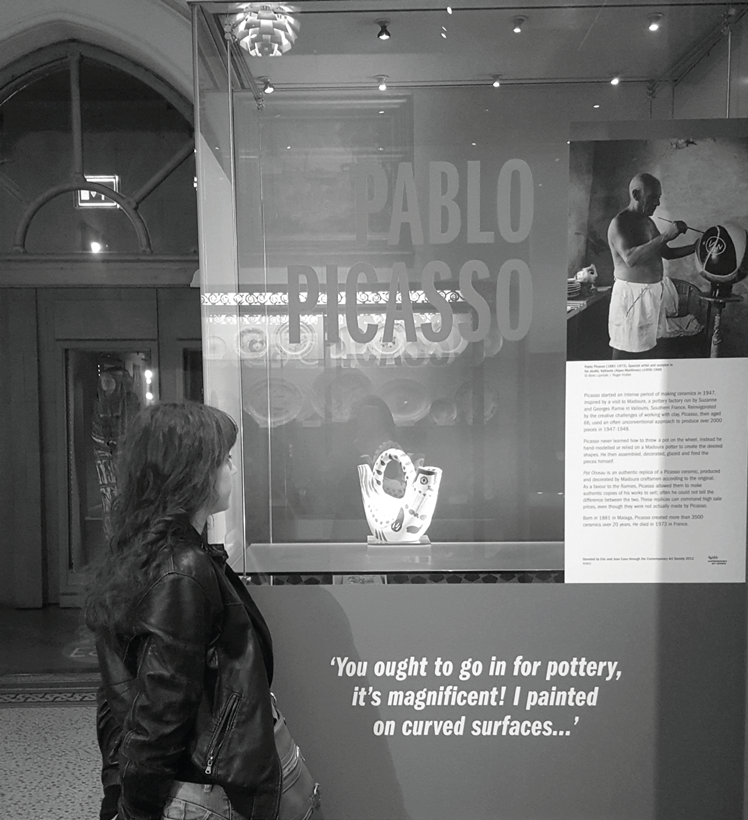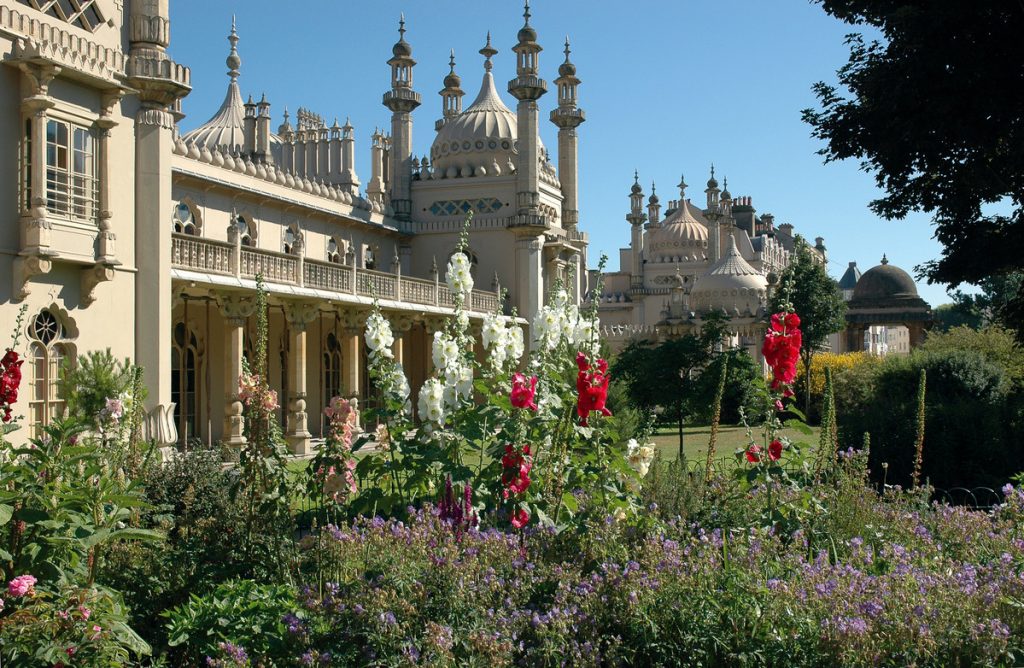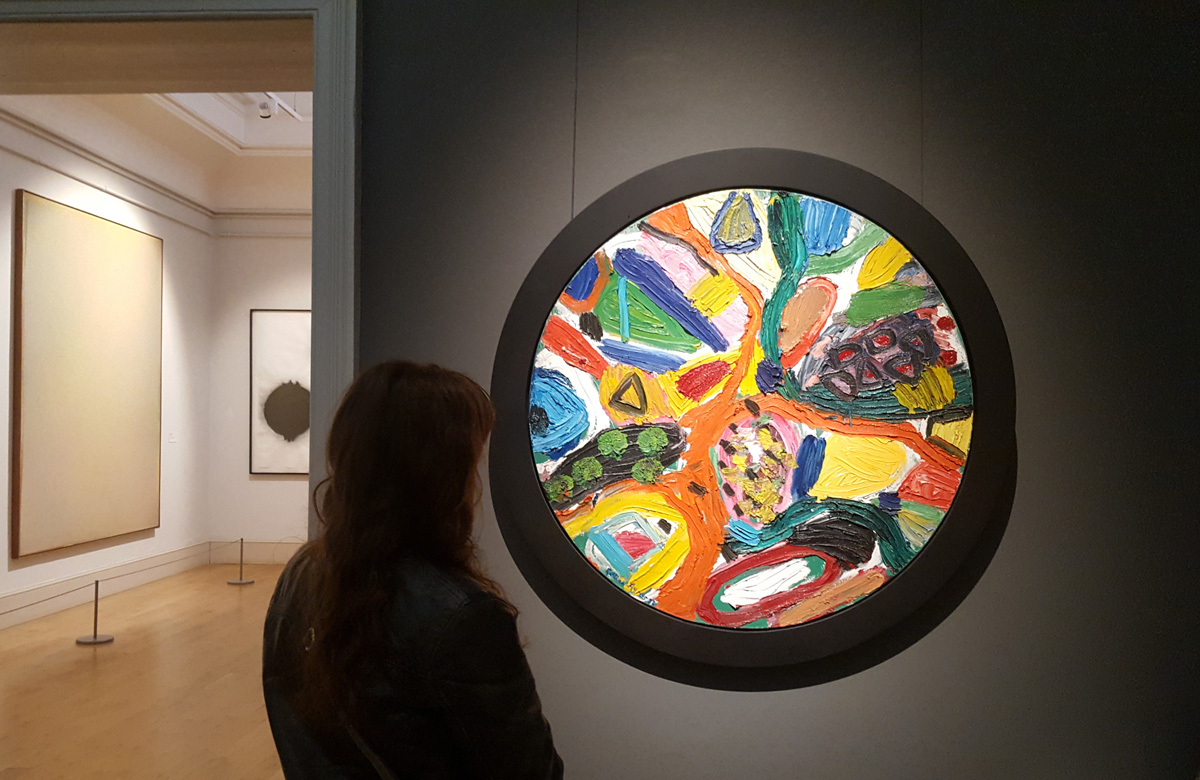
This is a legacy story from an earlier version of our website. It may contain some formatting issues and broken links.
Another year and another publication for the ‘Writing at the Museum’ course run by Creative Future.
This is the forth pamphlet in the series, showing how Brighton Museum & Art Gallery continues to inspire our writers, and how every object (or painting) has its story. This publication contains a selection of work from the two courses held during 2016-2017. Writers featured in earlier Museum Tales publications are seen here again, along with new writers such as Luc(e) Raesmith, Kathleen Weigelt, Maxine Toff, Niall Drennan, James Kerr and Paul Tschinder. Participants were inspired by paintings, furniture, African fashion, punk outfits, and the many eclectic pieces in the Brighton Museum & Art Gallery collections.

Luc(e), inspired by the flower paintings in the permanent collection, writes on modern-day consumerism in his ‘Haikus for a High Street.’
Niall, in his poem ‘War, Claudia’, makes a strong emotional point about war.
Kathleen’s piece ‘Beep, Beep’ tackles female genital mutilation through a poem about a glamorous African woman.
This is a strong, and at times political, emotional and entertaining collection of writing, reflecting the divisive and diverse times we live in. As always, we greatly enjoyed reading this publication’s submissions, just as much as the participants loved writing them. We hope you will enjoy reading them and will see museum artefacts in a new life as a result – and, who knows, they may even inspire you to write.
Read them all online here,
Celia Goth – Dress Code
James Kerr – Bouquet
Jasmine Sharif – Portrait of Mrs Betsey Chatfield
Kathleen Weigelt – Beep, Beep
Luc Raesmith – Haikus for a High Street
Maxine Toff – The Angel
Miriam Beza – Punk
Moray Sanders – The Nymph
Niall Drennan – War Claudia
Paul Tschinder – African Mannequin
Tony Spiers – Pot Oiseau
Vicky Darling – The Rebellious Octogenarian
Dominique De-Light, Director, Creative Future
Creative Future is a charity that provides training, mentoring and national showcasing opportunities, including the Creative Future Literary Awards and the Tight Modern to talented people who lack opportunities due to mental health issues, disability, health, identity or social circumstance. For more information see www.creativefuture.org.uk







